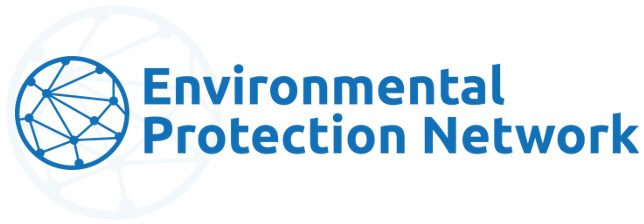EPA offers feedback sessions to applicants for federal funding opportunities who have not been awarded funding so that they can learn more about how their application was scored and what they can improve on for future applications. An overarching note for this and all future opportunities is to carefully read the entire RFA for the opportunity (more than once), use language included in the RFA as you describe your work, and ensure that your proposal is clearly within the scope of work described.
The following is EPA feedback provided to unsuccessful applicants to the Thriving Community Technical Assistance Centers opportunity and that may be applicable for future opportunities.
- There was no limit to the number of appendices that could have been added to the application. Appendices detailing specific strategies, for example, the team’s language access plan or approach to reaching rural communities, could have been included through appendices.
- The workplan could also be put into an appendix and referenced in the narrative. This could free up pages to add additional detail to the narrative.
- Hyperlinks could have been added as footnotes to point to case studies, partner websites, and other resources that demonstrate the partners’ capacity to implement the grant and their relevant experience.
Without realizing these possibilities for providing additional content, some project teams left out important details due to feeling constrained by the 20-page limit given for the narrative. For example:
- Plans to address areas of need beyond climate and energy
- Plans to provide language access, particularly for languages that are less widely spoken
- Plans to engage rural communities and ensure they are able to fully participate
- Level of community experience in building coalitions
- Providing more detail on the core team’s expertise
In addition, EPA pointed out that it is important to:
- Ensure that commitment letters provide deep details on the role of the partner on the project, including the amount of funding they would receive via the grant. EPA anticipates that commitment letters will be 1.5-2 pages long to accommodate the level of detail they require.
- Itemize subaward budgets within the overall budget

